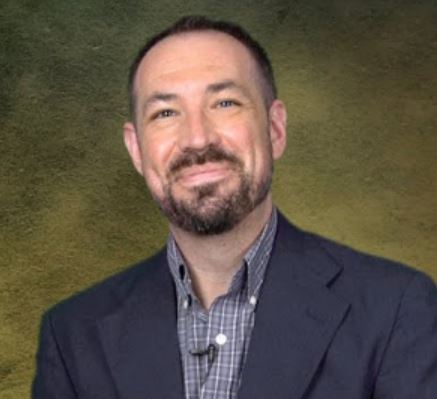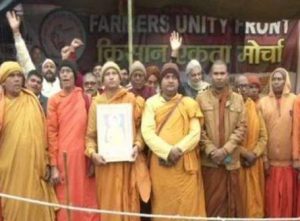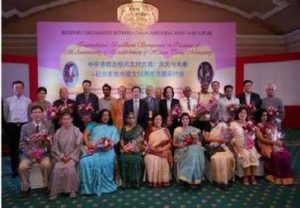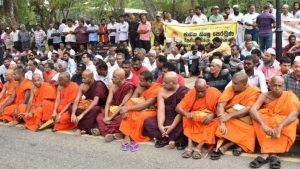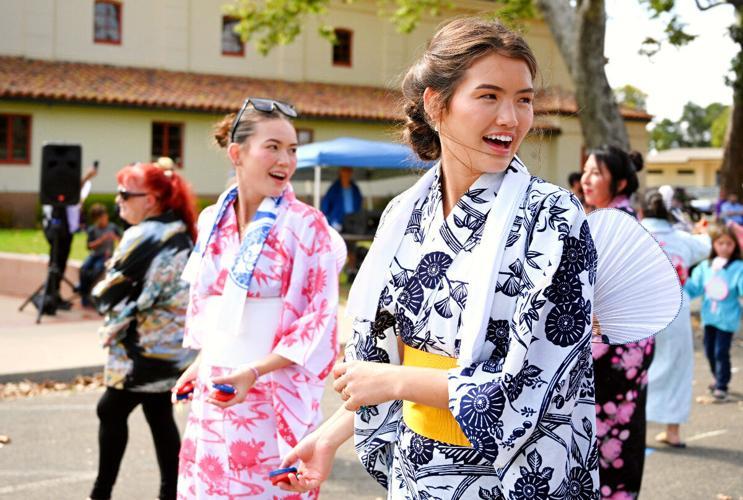
After two years of cancelations due to the COVID-19 pandemic, members of the Guadalupe Buddhist Church hosted the annual Obon Festival in Santa Maria, a small city some 240 kilometers northwest of Los Angeles. Following tradition, the celebrations took place on the last Sunday in July at the Veterans Memorial Cultural Center.
The event featured drumming, dancing, martial arts, and traditional crafts drawing from the community’s largely Japanese-American heritage. The celebrations have been held locally for 75 years, following the internment of Japanese Americans during World War II.
Continuing to take precautions amid the latest wave of the COVID-19 pandemic, the majority of the events and demonstrations were held outdoors. The street outside of the cultural center was closed, allowing events to spill out into the area and for visitors to wander freely.
“We’ve never done that before,” said Esther Trejo, chair of the Guadalupe Buddhist Church’s Obon Committee. “So while we tried to make the festival a little smaller, we ended up expanding it.” (Santa Maria Times)
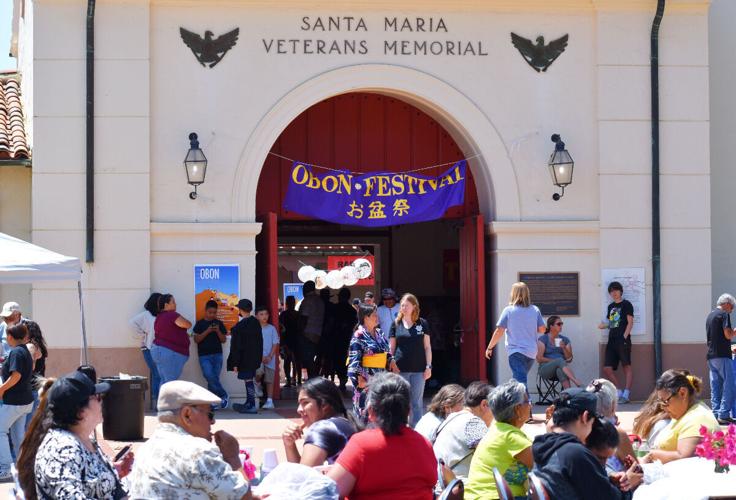
Trejo was unsure exactly how many people attended the event: “You know, when you’re running a festival, you tend to get tunnel vision,” she said. “But we had a lot of happy people, we sold out all the food we had and there was a lot of joyful dancing.” (Santa Maria Times)
Taiko drumming boomed throughout the local area, with performances by Togen Daiko from the nearby Oxnard Buddhist Temple and Ichi Mi Daiko from the San Luis Obispo Buddhist Temple.
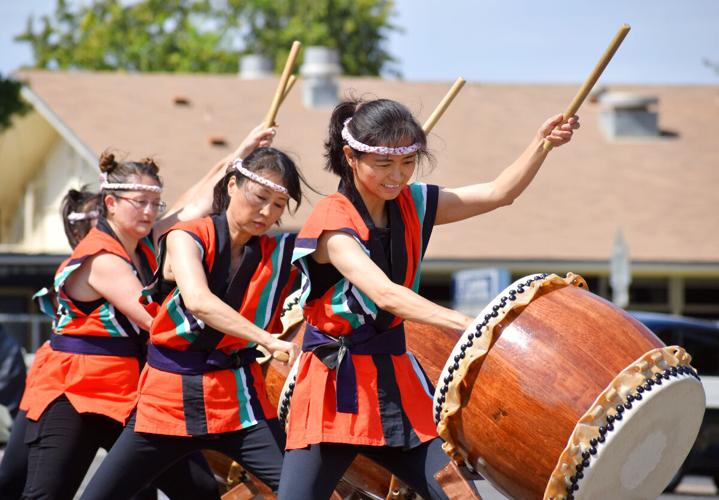
“Our sister temples really came out and supported us,” Trejo noted. (Santa Maria Times)
Further drawing from the local and neighboring communities, martial arts demonstrations included Santa Maria’s Rising Sun Martial Arts and Nipomo’s Central Coast Kenpo Karate. Food was available at the event, including teriyaki chicken dinners, which could be ordered prior to the festival. Crafts were available for purchase, and a silent auction and raffle were held.
Obon is the Japanese name of the Ghost Festival, a Buddhist holiday observed throughout East Asia. It is traditionally held on the full moon of the seventh lunar month, although local celebration times may vary. The celebration for Japanese Buddhists usually lasts three days.
The origins of the festival date to the fifth or sixth century in China, where it is called the Yulanpen Festival. In Japan, where it has been celebrated for more than 500 years, it has become widespread throughout the country and serves as a time when people return to family homes to celebrate, visit the graves of ancestors, and honor relatives.
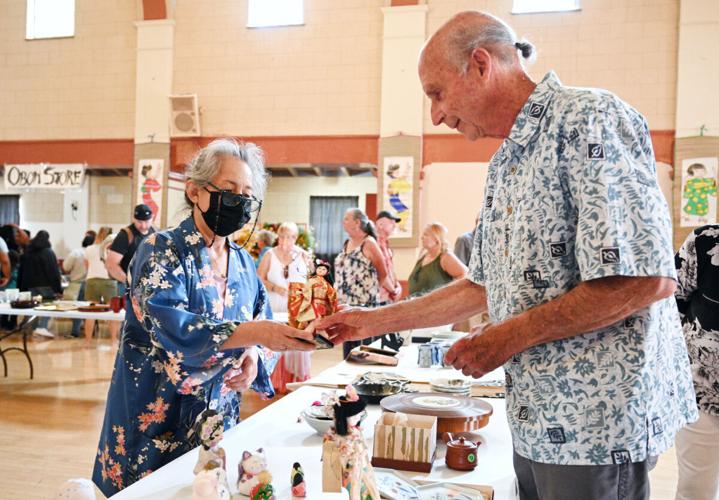
The festival came to California in the 19th century with the early waves of Japanese immigrants to the continent.
“It’s been celebrated continuously here since the Japanese returned after World War II—and before that, too, except for the break during the war,” said Trejo. (Santa Maria Times)
The celebration this year ended with the traditional Bon Odori dance, during which volunteers were thanked and the public was invited to join in.
“Bon Odori is the traditional way we close out the festival,” said Trejo. “And the public is invited to join us, too. (Santa Maria Times)
The festival marks one of a few occasions when Japanese Americans from various communities in the region come together to celebrate. It also serves as an opportunity for Buddhists to share their faith and culture with others in the area.
“We often go out and grab friends and family to join us,” Trejo added. “We are a small church, but we have a big heart.” (Santa Maria Times)
The Guadalupe Buddhist Church is a member of the Buddhist Churches of America, which follows the Jodo Shinshu (True Pure Land) school of Japanese Buddhism. The church traces its history to 1909, when Rev. Izumida was appointed from San Francisco to serve the congregation in Guadalupe, California.
See more
Traditional Buddhist celebration returns to Santa Maria after pandemic hiatus (Santa Maria Times)
Our History (Guadalupe Buddhist Church)
Related news reports from BDG
Dharma Realm Buddhist University in California Resumes In-person Classes with Largest Student Cohort
Buddhist in California Alleges Discrimination in Temple Dispute with City
Tibetan Buddhist Monastery in California to Offer Prayers after Raising US$82,000 for COVID-19 Relief in India
Vietnamese Buddhists in California and New York Manufacture Face Shields for Hospitals in Need Congregation of California Buddhist Temple Gathers in Support of Evicted Monks
Cambodian Genocide Remembrance Day Marked in Southern California with Lotus Flower as a Symbol of Hope
Related features from BDG
Buddhist Death Rituals: For the Living – Not for the Dead
Connecting the Past and Present of Shugendo – The Revival of Japan’s Ancient Mountain Ascetic Tradition, Part Five
What American Buddhism Looks Like: Solidarity for Immigrants at Fort Sill




